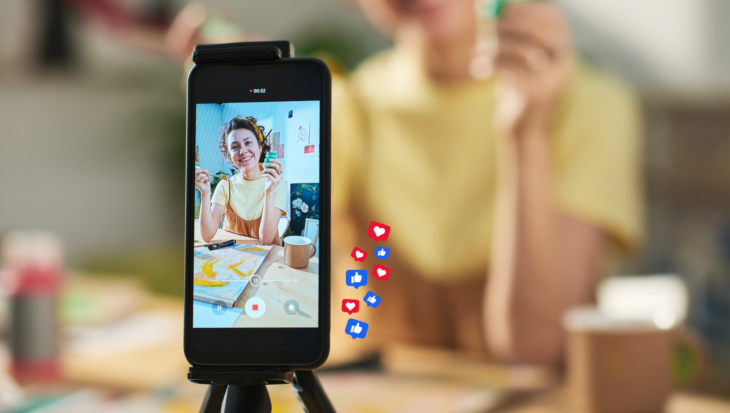Building your charity’s Theory of Change: A beginner’s guide
Struggling to communicate your charity’s impact clearly? This beginner's guide will help you build a strong Theory of Change
Posted 14 May 2025

Here at Media Trust, we’re on a mission to level the playing field for media representation in the UK. Simply put, we want the stories that are shared on our screens and in our newspapers, to be commissioned, written, produced by and feature people who reflect the full diversity of our society.
Today, and every day, disabled representation matters. Because what is seen in the media has a massive impact on policy-making and public attitudes. Disabled people are the least proportionately represented of all minority groups. This lack of representation means talent is going unrecognised, negative perceptions are reinforced and entrenched stereotypes are going unchallenged.
Currently, there’s a huge, 29% employment disability gap, where we should all be benefiting from the talent, skill and experience of disabled people, including the charity sector. And while we know there is a lot of work to be done in the creative and media industries, we all need to play our part. Here are some small steps charities can all take to be more inclusive.
When it comes to recruiting talented staff and volunteers, we strive to be as inclusive as possible. Here are a few things to think about:
This post on LinkedIn sums up some of the barriers disabled people can face when applying for roles.
23% of the population is disabled, which means it’s likely there are people amongst your beneficiaries who have lived experience of a disability. While it might not be the reason they have accessed your charity for support, being purposeful about selecting a range of examples of people for case studies, testimonials and media interviews gives us an opportunity to highlight the complexity of the challenges faced by those we help. When disabled people come to your website to find out more about you, either to donate, volunteer or use your services, they may feel more comfortable seeing themselves reflected in your comms.
For more information about using intersectionality in your storytelling, sign up here for our Intersectional Storytellers Toolkit.
Be open to continuously learning about new ways to improve the accessibility of your content, both on your social channels and your website.
Struggling to communicate your charity’s impact clearly? This beginner's guide will help you build a strong Theory of Change
Posted 14 May 2025

Packed with expert advice, practical tips, and industry resources, this toolkit is designed to help support under-represented talent step into advertising with confidence.
Posted 16 April 2025

You’ve got the idea - now let’s plan a charity livestream that runs smoothly and gets great results.
Posted 15 April 2025
